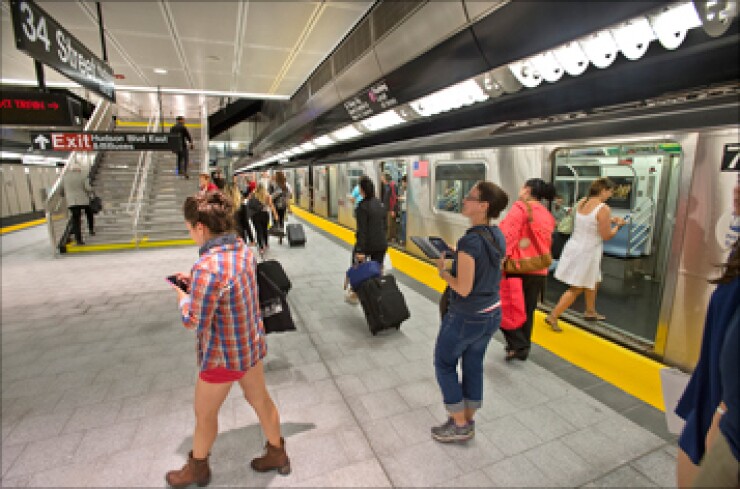MTA is headed toward an operating deficit in 2027


The New York Metropolitan Transportation Authority has had a
If the congestion pricing pause isn’t lifted, the MTA will have to issue bonds sooner than expected to make up for the missing revenue, which means $300 million of debt service planned for 2030 will begin in 2027.
Employees who would have been working on capital improvements will be reassigned to operational work in 2025 and 2026, and $100 million to $200 million of their salaries will move from the capital budget to the operating budget.
The capital plan would have replaced hundreds of the MTA’s bus fleet. Instead, the operating budget will bear the $50 million to $150 million cost of repairing the old buses each year, the agency projects. Repairs to old commuter railroad locomotives will add $20 million per year, and other repairs to the system will add $90 million per year, starting in 2026.
Finally, the agency will be deprived of congestion pricing’s other benefits. According to projections, enough people would have switched from driving to public transportation to increase ridership by 1.25%; that would have yielded around $70 million per year. The decreased congestion in Manhattan would have meant faster buses, which would have saved $10 million for the agency each year.
Through 2027, the loss of congestion pricing revenue could subtract as much as $1.37 billion from the MTA’s operating budget.
Hochul has said she will find the MTA an alternate source of revenue, and that the congestion pricing pause is temporary. Hochul, her secretary of transportation and the MTA are also facing
